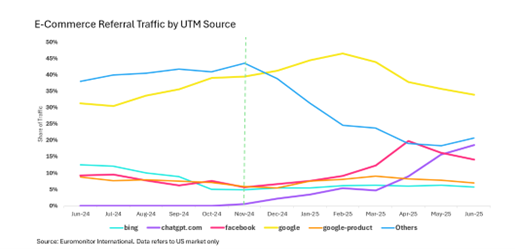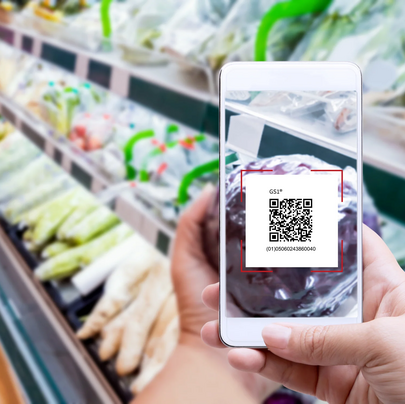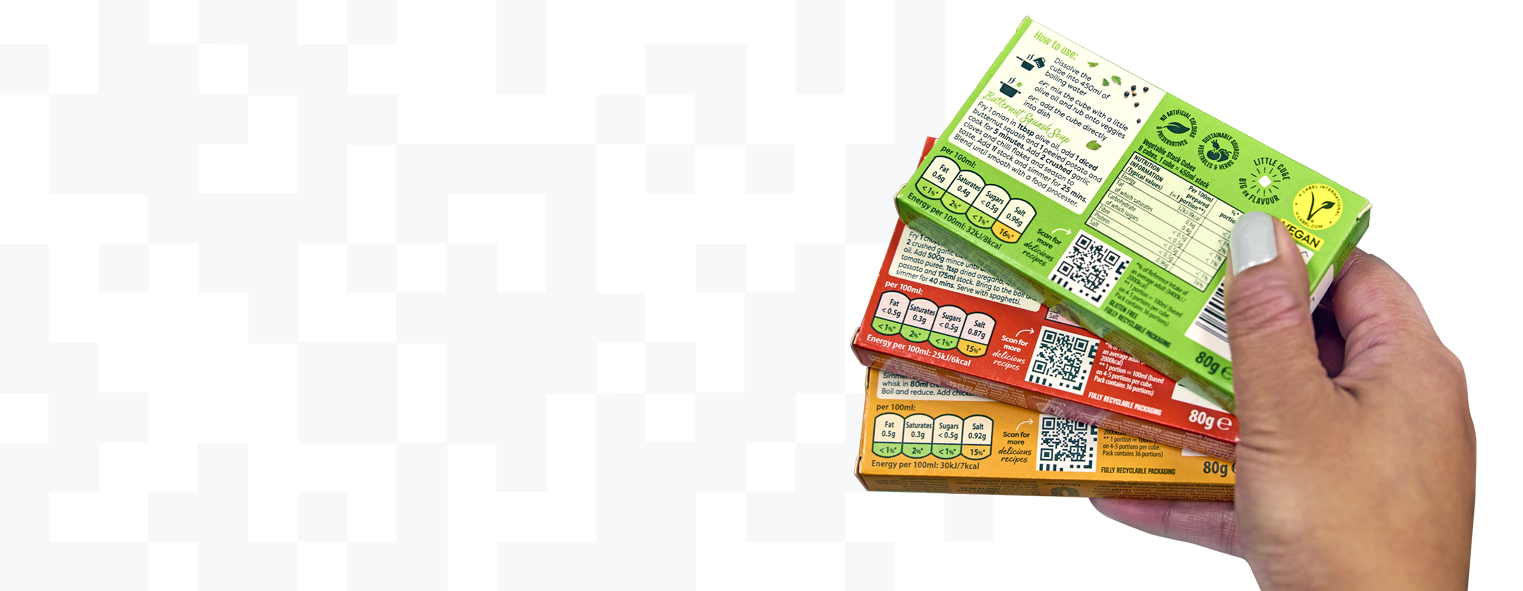November 04, 2025 Guest opinion piece
The retail industry is at an inflection point. Consumers are looking for reliable product information through product labels and digital platforms, while new technologies – especially generative AI and conversational search – are reshaping product discovery and engagement.
In this environment, product identification systems are evolving such that they become central to how shoppers discover, choose and trust products.
In this article, we explore how these technologies are redefining product information, and what it means for brands, retailers and consumers.
Barcodes: from operational backbone to consumer gateway
Barcodes and Global Trade Item Numbers (GTINs) have long served as the operational backbone of retail. They are globally unique identifiers that enable ordering, receiving, warehousing and point-of-sale reconciliation. However, their value has traditionally concentrated on B2B processes – powering the efficiency of global supply chains.

The role of product identifiers is, however, expanding. Technologies like QR codes and GS1 Digital Link are bringing barcodes into the consumer realm. GS1 Digital Link, in particular, enables a single 2D barcode as a QR code to serve multiple purposes: scanning at checkout, accessing digital content, instructions for use, verifying certifications and exploring product provenance.
This evolution shifts these barcodes from static product identifiers to dynamic engagement tools, bridging the gap between physical packaging and digital experiences.
Consumer need for product information has evolved
According to Euromonitor’s Voice of the Consumer: Lifestyles Survey, fielded January–February 2025, nearly 37 per cent of global consumers closely read the nutrition labels of foods and beverages. In the US, nearly 32 per cent of consumers do so, while in the UK, this figure stood at 26 per cent.
Nutrition is, however, just one aspect. Shoppers increasingly seek transparency around sourcing, sustainability and ethical claims. According to GS1, 81 per cent of UK shoppers want more product information than they currently see on-pack, while three in four say transparency is critical to building trust in a brand.
With limited space on packaging, the new generation of QR codes offer a gateway to additional levels of product information. In a pilot with Tesco UK, shoppers scanned GS1 enabled QR codes to access trusted data on nutrition, sourcing and recycling. Consumer feedback highlighted the simplicity and credibility of a single, standardised code that supports shopper engagement, traceability and compliance.
Consumer need for product information has evolved
The transition from linear barcodes to QR codes is still unfolding. Euromonitor International’s Voice of the Industry Survey 2025 shows that 45 per cent of businesses plan to invest in bar codes and GTINs over the next five years. However, the question remains if businesses would replace linear barcodes with QR codes powered by GS1.
Consumer behaviour remains a key hurdle. Only 27 per cent of consumers prefer QR codes as an in-store feature to access product information. Online, purchases initiated via QR codes are still rare (source: Euromonitor’s Voice of the Consumer: Lifestyles Survey, fielded January–February 2025).
This gap reflects current limitations, as most QR codes predominantly serve basic functions, such as website links, promotional codes and menus/catalogues.
AI-driven product recommendations call for greater need for accuracy
Generative AI is rapidly changing how consumers search for and interact with products. In the US, ChatGPT-driven referrals to e-commerce sites rose to 19 per cent of all referral traffic in June 2025 – up from just 1 per cent in November 2024, according to Euromonitor.

As AI-driven conversational interfaces mature, they will increasingly bypass traditional search and packaging. Imagine a shopper asking an AI assistant: “What snacks are gluten-free and sustainably sourced?” without ever browsing a shelf or reading a label.
For this to work, AI tools must access accurate, structured and verifiable product data. That is where standardised identifiers like QR codes powered by GS1 become essential. They ensure that AI recommendations are grounded in trustworthy information, not tech hallucinations.
Building trust through transparency remains critical
Transparency is not just good practice – it is a driver of growth. GS1 UK reports that 64 per cent of shoppers say they are more likely to buy from brands that are open about sourcing and production.
Euromonitor’s research shows that UK consumers generally trust brands as sources of product information; however, trust in AI is still fragile. Among those who see it as untrustworthy, 80 per cent had little or no direct experience.
Trust is likely to grow with use, but only if the information is clear and reliable. Thus, the convergence of 2D barcodes and AI can embed verifiable data into the Large Language Models (LLMs) – laying the foundation of a new kind of product experience with unified product information that is standardised and verifiable.
Read our Euromonitor’s report, Next-gen online storefront: a shopping journey for one, for more analysis on digital technologies impacting commerce.



